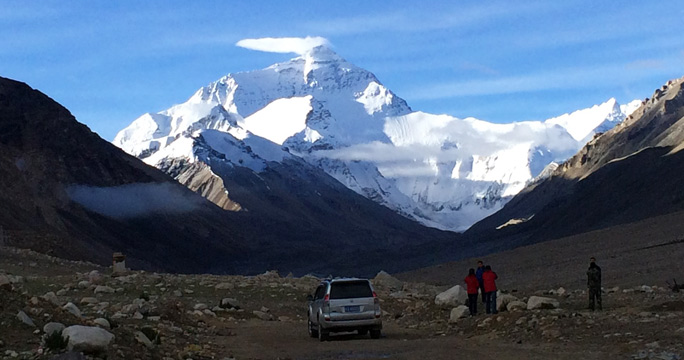Traveling to Tibet involves navigating high altitudes, which can lead to altitude sickness for some individuals. Lhasa, the capital, sits over 3,600 meters (11,800 feet) above sea level, and many popular destinations within Tibet are even higher. Acute mountain sickness (AMS) is a common concern, characterized by symptoms like headache, nausea, dizziness, and shortness of breath.
To mitigate the risk of altitude sickness, travelers are advised to acclimatize gradually. Spending a few days in Lhasa before venturing to higher elevations allows the body to adjust to the thinner air. During this time, staying hydrated is essential by drinking plenty of water and avoiding alcohol and caffeine, which can exacerbate dehydration.
Additionally, travelers should be mindful of their physical exertion. Engaging in strenuous activities, particularly during the first few days at altitude, can increase the likelihood of AMS. Resting when needed and listening to one’s body are crucial for a safe and enjoyable journey in Tibet.
Some individuals may benefit from medications like acetazolamide (Diamox) to help prevent altitude sickness. However, it’s essential to consult with a healthcare professional before taking any medication, as they can advise on dosage and potential side effects.
Overall, being aware of the symptoms of altitude sickness and taking preventative measures can help travelers have a smoother and more enjoyable experience exploring Tibet’s breathtaking landscapes and rich cultural heritage.


